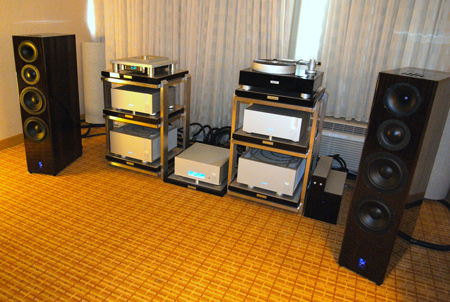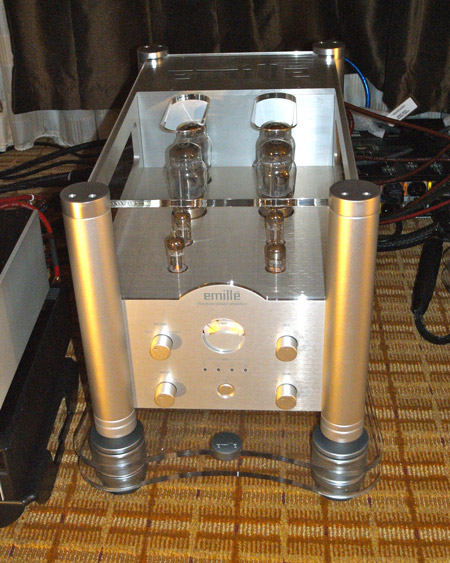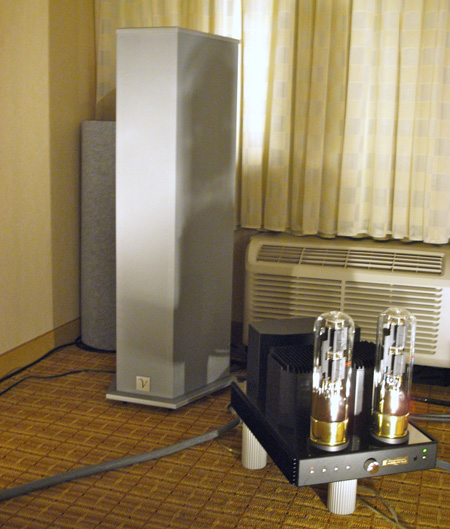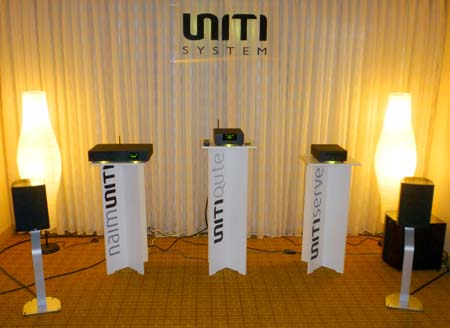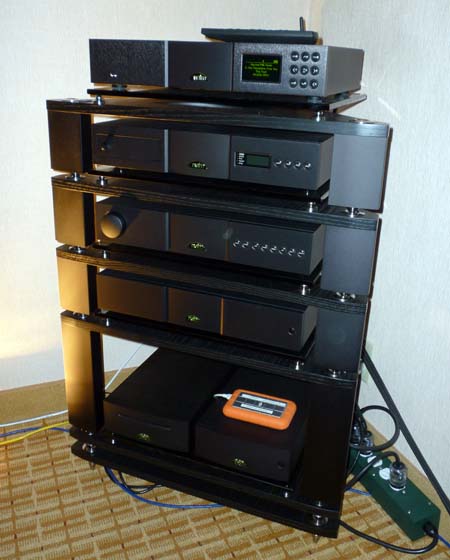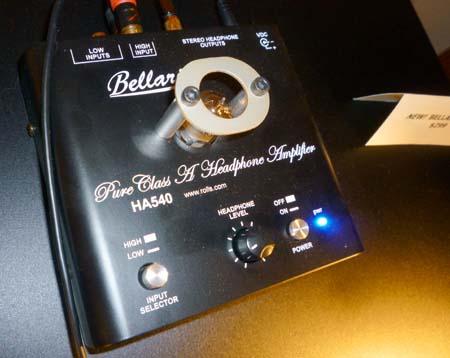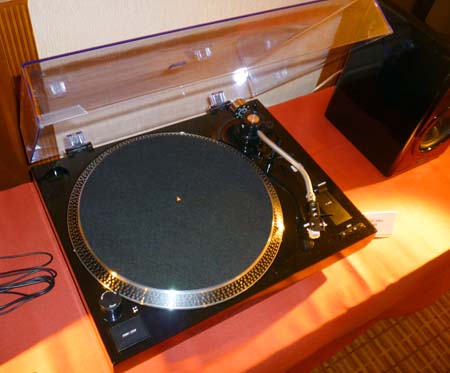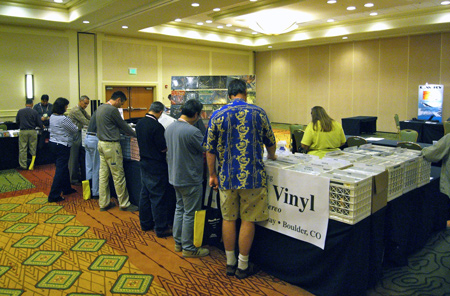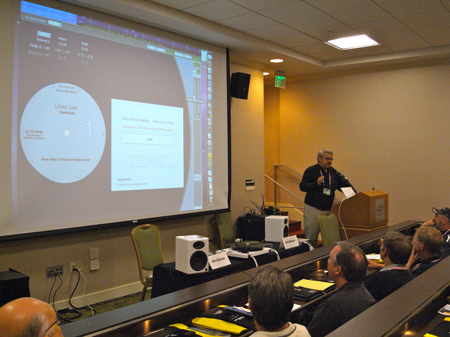Lansche & Ypsilon
Also distributed in the US by Aaudio Imports, the German Lansche speakers feature a horn-loaded ionic "singing flame" tweeter similar to that used by Acapella, also from Germany. In an off-site demonstration Friday night, I listened to the company's impressive-sounding flagship, the $80,000/pair, 243-lb Cubus, which combines the ion tweeter with a horn-loaded midrange unit and an 18", reflex-loaded woofer. The Lansche display at RMAF featured the somewhat more affordable three-way No.5 speakers ($40,000/pair), driven by the Ypsilon Aelius monoblocks ($34,000/pair) and PST-100 tube preamplifier ($37,000). Cabling was by Stage III, power distribution by Weizhi, and the front-end was either a Bergmann Sleipner Reference turntable and tonearm ($54,000) or the Ypsilon CDT-100 CD transport and DAC-100 D/A processor. As with many of the rooms in the Tower, the room acoustics cramped what this expensive system was undoubtedly capable of producing. But I was sufficiently impressed by the presentation that I have asked for a sample of the Ypsilon preamp for Michael Fremer to review.

